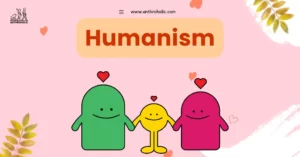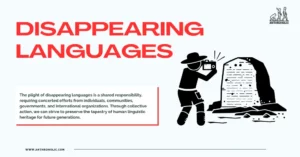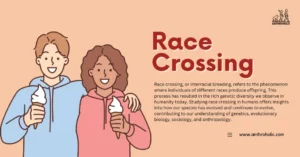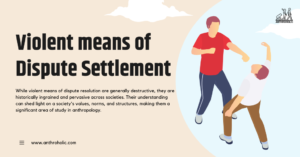AI Answer Evaluation Platform Live Now. Try Free Answer Evaluation Now
Descent Groups
Anthropology, with its encompassing study of human societies and cultures, opens doorways into understanding the complexities of human life. One such fascinating gateway is the notion of ‘descent groups,’ an integral concept in social anthropology. Serving as an identity anchor, descent groups have played a substantial role in shaping societies across the globe, offering a unique lens to study cultural norms, practices, and organizational structures [1].
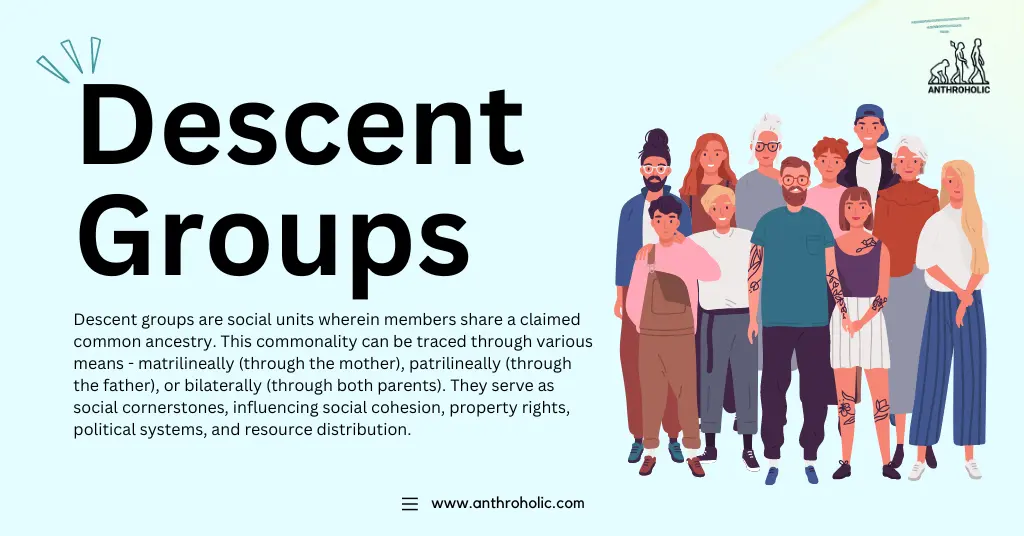
Defining Descent Groups
At their core, descent groups are social units wherein members share a claimed common ancestry. This commonality can be traced through various means – matrilineally (through the mother), patrilineally (through the father), or bilaterally (through both parents). They serve as social cornerstones, influencing social cohesion, property rights, political systems, and resource distribution.
Descent Groups in Prehistoric Societies
In prehistoric societies, descent groups were likely the primary form of social organization. Evidence from archeological studies suggests that early humans lived in small, kin-based groups where shared ancestry ensured cooperation, resource sharing, and survival. These descent groups, often matrilineal due to the clearer biological link through the mother, were pivotal in navigating the challenges of prehistoric life.
The Intricacies of Lineages and Clans
- Within the broad umbrella of descent groups lie lineages and clans, each with unique characteristics. Lineages, where members can demonstrate their direct descent from a common ancestor, present a tangible link to the past.
- The Ashanti people of Ghana, for instance, employ matrilineal lineages to define societal norms, from inheritance to social status, and even to land ownership.
- Here, the ‘Abusua,’ or the family unit, which is traced via the female line, provides a well-defined structure for societal interaction and resource allocation.
- Contrastingly, clans are larger and less genealogically defined descent groups, where members assume descent from a common ancestor without verifiable genealogical links.
- The Scottish clans embody this aspect, with each clan identifying with a certain geographic territory and having a distinctive emblem or symbol.
- Here, the clan’s common ancestry serves more as a symbolic rather than a genealogical unifier, fostering a shared identity and sense of belonging.
The Multifaceted Roles of Descent Groups
Descent groups perform a wide array of functions, reflecting the complexity and diversity of human societies. Serving as a support network, descent groups often offer socio-economic backing during crises such as a family member’s death or natural calamities. For instance, in many African societies, lineage groups manage common resources, thereby offering aid during difficult times [2].
Moreover, descent groups often assume religious or spiritual roles. Native American clans, such as the Hopi Tribe of Arizona, are entrusted with specific ceremonial duties, maintaining traditions and rituals that unify the community. They become repositories of cultural knowledge, ensuring the continuity of traditions, thus reflecting the intertwining of spiritual practices and descent groups.
Descent Groups and Conflict Resolution
- Descent groups, while serving as a cornerstone of social organization and identity, often play a pivotal role in conflict resolution within communities.
- Their traditional authority, deeply rooted in cultural norms and practices, enables them to mediate disputes and maintain social harmony.
- In many societies, conflicts and disputes are considered a disruption of the social balance.
- Therefore, it is deemed necessary to resolve them promptly and justly.
- Descent groups, with their established structures and inherent sense of community, often serve as the primary agents for this conflict resolution.
- One such example can be found in the Kpelle people of Liberia. The Kpelle society is organized around a number of descent groups or ‘lineages.’ When disputes arise within the community, the lineage elders, who command respect due to their age and knowledge of societal norms, mediate the conflict. They guide the involved parties through a resolution process grounded in the principles of restorative justice, focusing on repairing the harm and restoring relationships rather than punishing the offender. In this context, descent groups serve as a framework for managing and resolving disputes, maintaining social harmony and cohesion.
- These examples underscore the significant role of descent groups in conflict resolution. By leveraging the inherent sense of kinship and respect for tradition, descent groups can mediate disputes effectively, ensuring the preservation of social balance and harmony.
Contemporary Reflections of Descent Groups
Even though traditional descent groups may seem archaic in the modern world, the principles they embody continue to thrive in contemporary societies. Fraternities and sororities in universities serve as modern-day analogs. Much like clans, these organizations foster a sense of belonging and shared identity among members, often associated with a common symbol or creed and maintaining specific traditions. This phenomenon indicates the inherent human tendency towards group identities and communal bonds.
The Interplay of Descent Groups and Society
The impact of descent groups extends beyond social relationships, shaping the societal structure itself. In political systems, descent groups can influence leadership selection and decision-making processes. In economic contexts, they can determine access to resources and labor division. Moreover, they can even shape cultural aspects such as marriage rules and naming conventions, attesting to the profound societal imprint of descent groups [3].
Conclusion
Descent groups, with their rich history and multifaceted roles, provide an insightful perspective into the intricate tapestry of human societies. Their study, extending from simple to complex societal structures, reveals the profound implications of kinship and lineage in human interaction and social organization. The enduring legacy of descent groups continues to resonate in contemporary societies, testifying to their timeless relevance in shaping human experiences.
Suggested Articles
| What is Descent? | Principles & Types | Bilateral Descent |
| Matrilineal Descent | Patrilineal Descent | Ambilineal Descent |
| Double Descent | Descent and Alliance | Unilineal Descent |
References
1. Kottak, C.P. (2011). Cultural Anthropology. New York: McGraw-Hill.
2. Parkin, R. (1997). Kinship: An Introduction to Basic Concepts. Oxford: Blackwell. https://archive.org/details/kinshipintroduct0000park
3. Holy, L. (1996). Anthropological Perspectives on Kinship. London: Pluto Press.
